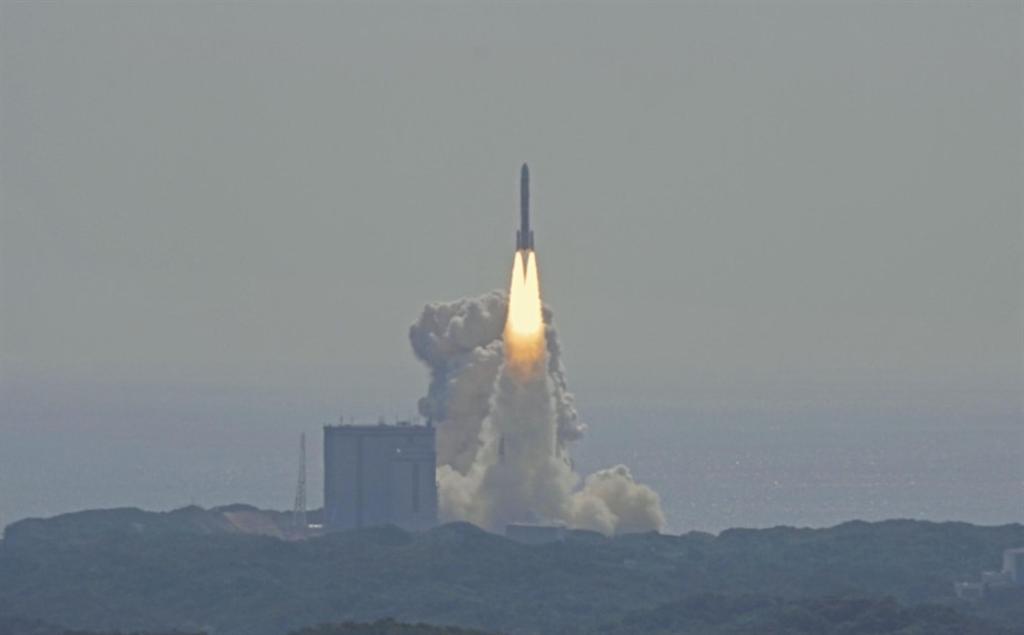According to the agency, the liftoff of the craft took place at 10:37 local time from the Tanegashima Space Center, Kagoshima, but was destroyed almost 15 minutes later when one of the second stage engines failed to ignite.
The craft was equipped with the advanced optical satellite ‘DAICHI-3’ (ALOS-3) which, according to JAXA, was impossible to place in the specified orbit after the incident.
This device would be used as a key tool for the Japanese government in disaster management, thanks to its capabilities to capture single images of high resolution.
It also carried a sensor managed by the Ministry of Defense capable of detecting ballistic missile launches, which effectiveness would be tested, Kyodo news agency reported.
The rocket wreckage fell in deep waters off the coast of the Philippines. The Japanese agency specified that it has no intention of recovering it.
JAXA President Hiroshi Yamakawa said in a press conference that he deeply regretted the failure of the operation and apologized to all those involved with the satellite on board, the local community and the general public for failing to meet their expectations.
Last February 17 there was a failed attempt to send this same H3 rocket into space, but the maneuver was halted due to malfunctioning of the electrical equipment. Also in October 2022 JAXA shot down Epsilon 6, another of its emblematic models, due to flight safety problems.
jrr/jav/lam/lcp.









